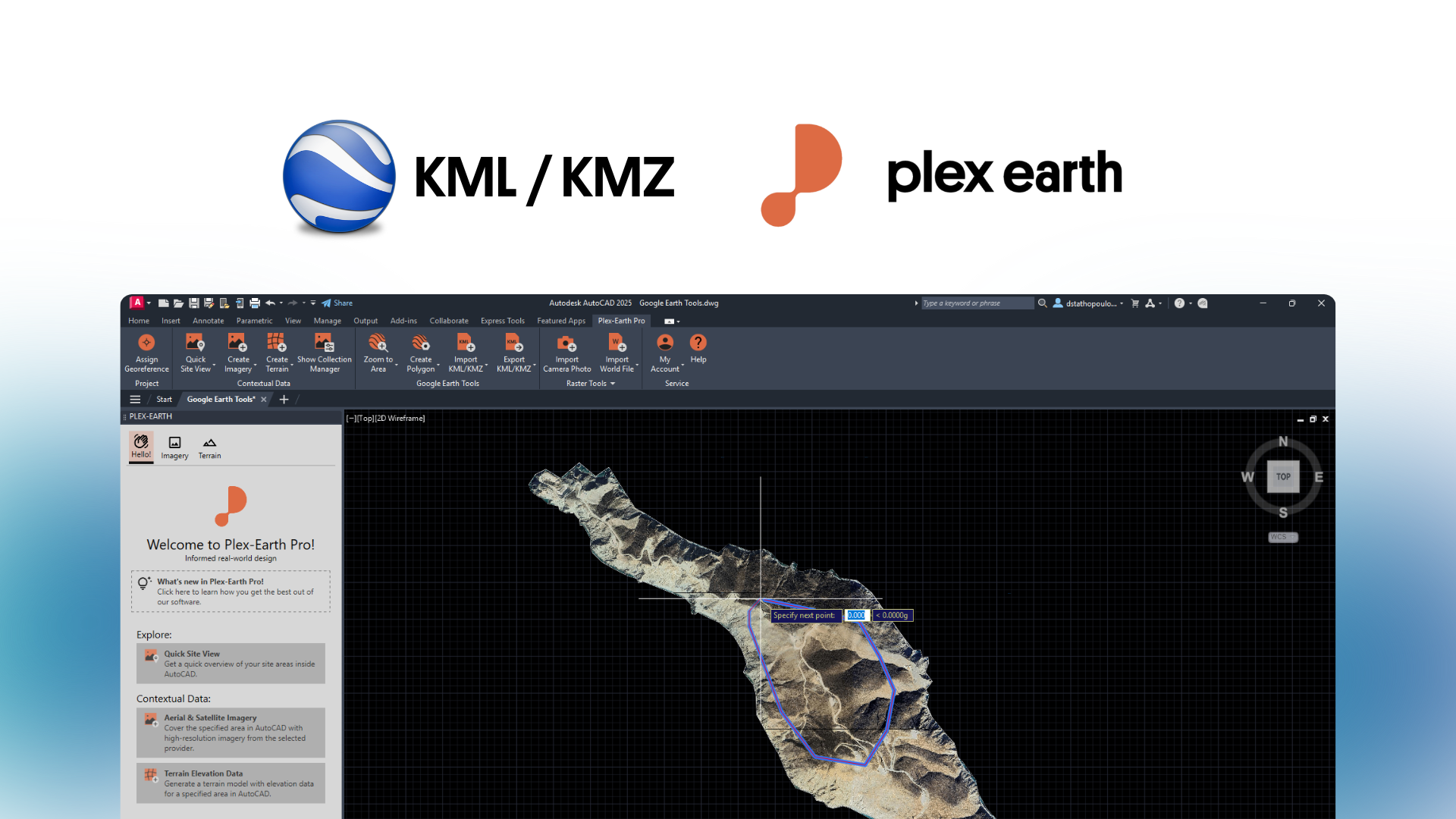Plex-Earth Resources
News, tips, guides & tutorials

Google Earth KML/KMZ Workflow Guide
If you ever had to explain a CAD drawing to someone who doesn’t speak CAD, or to a cross-functional team that all have their own interpretation of the site, this article is for you.
We can all agree “imagine the road here” is not something you want to say out loud in a stakeholder meeting, but getting the clarity on where the design sits in the real world is impossible without the right visual aid.

